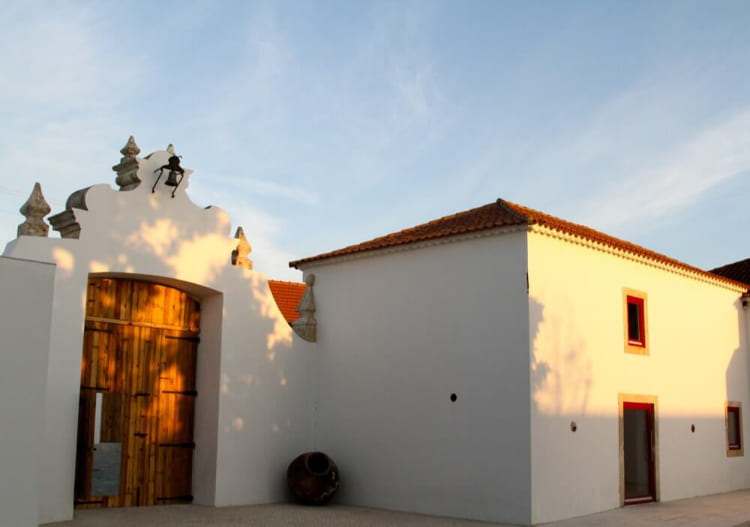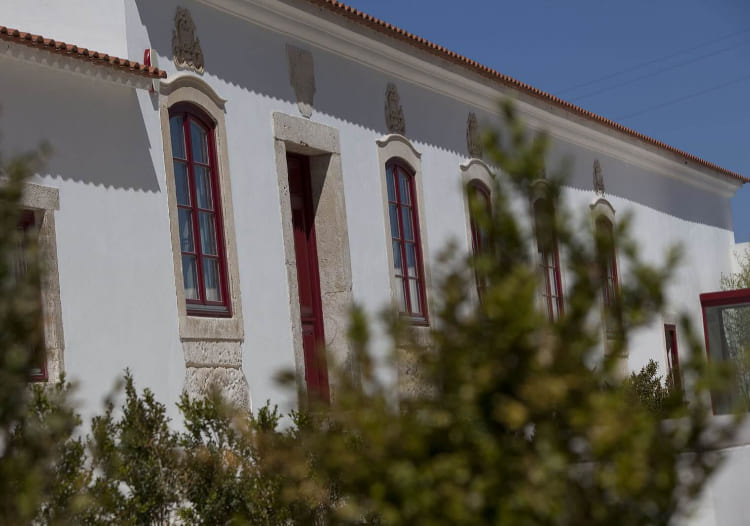MORE THAN 300 YEARS OF HISTORY
Quinta da Conceição da Lapa was acquired in 1706 by D. Lourenço de Almeida from Captain Bartolomeu Lobo da Gama for the sum of 11.500 (silver) crusades. On a unique location, the best land was chosen among the fertile hills to the East of Montejunto mountain, a territory that is now part of the Tejo Wine Region. The estate of Quinta da Lapa now extends over a hundred hectares.
D. Lourenço, son of the Count of Avintes was the great reformer and developer of Quinta da Lapa, a powerful and influential nobleman – member of the Court’s Council and former governor of the States of Pernambuco and Minas Gerais in Brazil, at the height of the gold rush. He was credited with gathering great richesse for the vaults of the Portuguese Crown and returned home bearing great wealth. Making use of his entrepreneurial skills he projected to supply the then prosperous and thriving city of Lisbon, with high quality wines. To that purpose he chose the highest ground of his vast estate to build a manor house with its chapel, farming buildings and an important wine cellar in order to produce the best wines from the surrounding vineyards.




